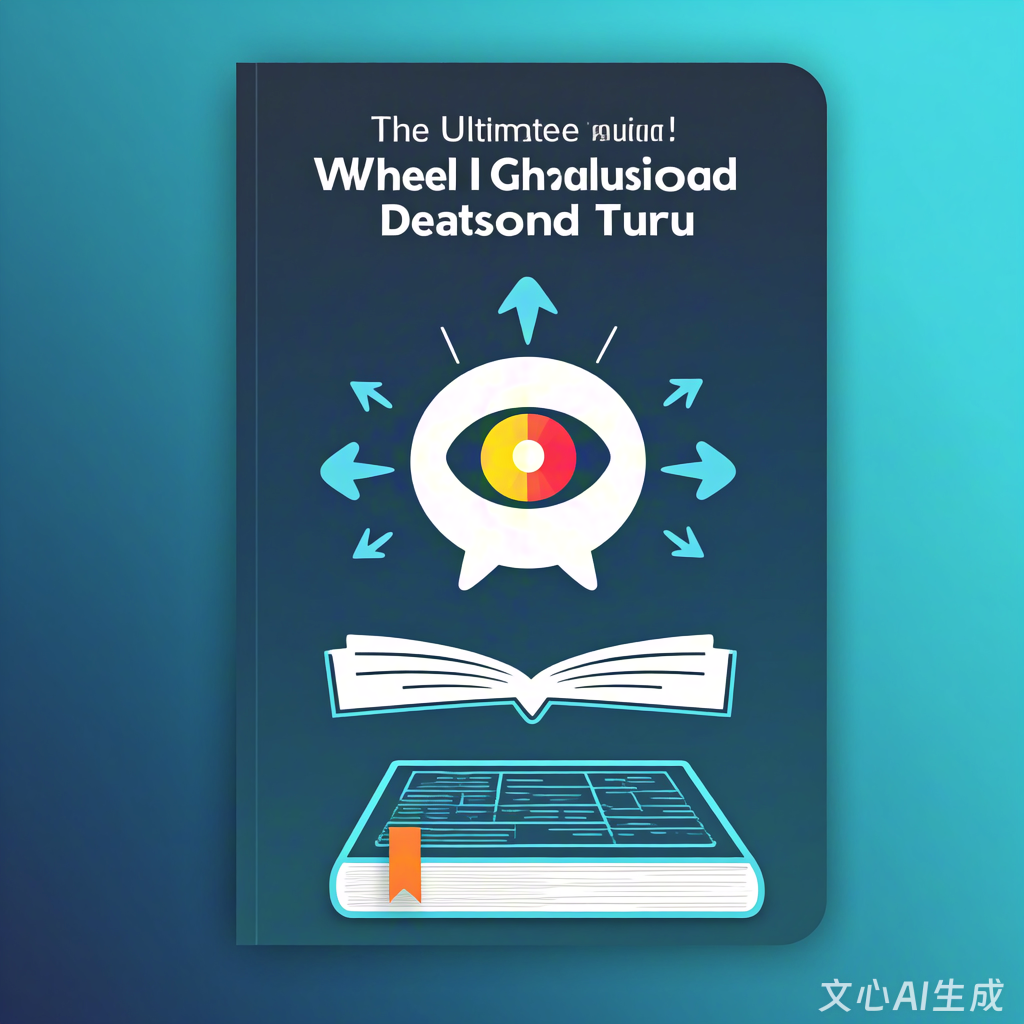Decision-Making
7 Proven Strategies to Break Free From Indecision Now
Feeling stuck between options and terrified of choosing wrong? In a world of endless choices and constant comparison, learning how to break free from indecision is a core life skill—not a nice-to-have. The good news: with a few proven strategies and practical habits, you can make clearer decisions faster, without losing your integrity or sanity.
In most cases, staying stuck costs more than choosing an imperfect path.
By the end of this guide, you’ll know exactly how to reduce overthinking, trust your judgment, and move forward with decisions that feel aligned, not forced.
Table of Contents
- Why Indecision Hurts More Than You Think
- What You Need Before You Start (Prerequisites)
- 7 Proven Strategies to Free Yourself From Indecision
- Troubleshooting: When You’re Still Stuck
- Advanced Techniques for High-Stakes Choices
- FAQ: People Also Ask
- Next Steps: Turn Decisions Into a Daily Habit
Why Indecision Hurts More Than You Think
Indecision isn’t just “being thoughtful.” When it becomes a pattern, it drains energy, delays growth, and quietly shapes your life by default.
Here’s what chronic hesitation can cost you:
- Missed promotions or roles because you didn’t answer in time.
- Dragging out a relationship or job that’s no longer right for you.
- Constant mental noise, second-guessing, and emotional fatigue.
Researchers in 2024 highlight that unresolved choices increase stress and rumination, while committed decisions tend to reduce anxiety over time (Harvard, 2024). Learning to get free from indecision is not reckless; it’s protective.
What You Need Before You Start (Prerequisites)
Before applying the strategies below, set yourself up with three simple foundations:
- A quiet 10–15 minutes to think without interruptions.
- A way to capture thoughts: notes app or notebook.
- A willingness to aim for "better decisions," not "perfect decisions."
Remind yourself:
Most life decisions are course-correctable. You are rarely locked in forever.
This mindset alone makes it easier to feel free from indecision instead of trapped by the illusion of a single flawless choice.
7 Proven Strategies to Free Yourself From Indecision
Below are seven proven strategies designed for real life in 2025—fast-paced, option-heavy, and emotionally demanding. Use them together as a system.
1. Set a Clear Decision Deadline
A vague "I’ll decide later" keeps your brain on high alert. A specific deadline gives your mind structure.
In 40–50 words:
To break free from indecision, set a firm decision deadline and respect it like a meeting. For everyday choices, use 5–10 minute timers. For bigger decisions, choose a date within 3–14 days. Constraints calm anxiety, prevent endless scrolling, and signal to your brain that progress matters.
How to apply:
- For small choices: decide within 60 seconds.
- For medium choices: choose a deadline within 72 hours.
- For big choices: set a decision date and schedule two short thinking sessions before it.
Pro tip: Put the deadline in your calendar. Treat it as a commitment, not a suggestion.
2. Limit Options to Protect Your Focus
Too many options feel sophisticated but create mental overload.
Stanford researchers note that fewer, clearer options often lead to higher satisfaction and follow-through.
Action steps:
- Narrow choices to 2–3 viable options.
- Eliminate anything you already know is unrealistic, misaligned, or driven purely by fear.
- Label them clearly: "Option A: Stay," "Option B: Go," "Option C: Hybrid."
This simple constraint immediately helps you move closer to being free from indecision.
3. Use Discernment Frameworks (Not Just Feelings)
When emotions spike, logic blurs. A clear structure keeps you grounded.
40–50 word quick method:
To reduce indecision fast, compare options with a simple framework: pros/cons, likely outcomes, and alignment with your future self. Ask, “What would I advise a friend?” and “Which choice will I be proud of in five years?” This zooms you out of fear and into perspective.
Try this 3-step discernment process:
- List pros/cons for each option (only what truly matters).
- Ask: "If someone I love were in my exact situation, what would I recommend?"
- Imagine your 80-year-old self: Which path would they thank you for?
Pro tip: If one option feels lighter, more honest, or more aligned—even if scarier—that’s important data.
4. Anchor Every Decision to Your Core Values
Without values, every option looks equal. With values, the best direction stands out.
How to do it:
- Write 3–5 current values (e.g., growth, stability, creativity, family, integrity).
- For each option, rate from 1–5: "How well does this support each value?"
- Choose the option with the strongest overall alignment, not just the safest.
Example:
- If "health" and "family time" are top values, a role that doubles your income but triples your hours might not be the wise choice.
This is one of the most reliable, proven strategies to feel grounded, not guilty, when you decide.
5. Embrace “Good Enough” and Let Go of Perfection
Perfectionism secretly fuels paralysis.
Indecision often masks the fear of being imperfect, not the lack of options.
Practice:
- Choose the "good enough" option that is safe, aligned, and actionable.
- Remind yourself: multiple paths can lead to a fulfilling life.
- Note which decisions are reversible (most are). Give yourself permission to adjust.
Example: Instead of hunting for the perfect fitness routine, pick one program and commit for 30 days. Evaluate, then refine.
6. Train Your Decision-Making Muscle Daily
Confidence comes from repetition.
40–50 word micro-strategy:
To systematically become free from indecision, practice making fast, low-stakes choices daily: what to eat, which route to walk, which podcast to play. Decide within one minute. Each repetition teaches your brain that choosing quickly is safe, normal, and effective.
Ideas to practice:
- Pick outfits in under 90 seconds.
- Choose lunch in 30 seconds.
- Select one learning resource instead of 10 open tabs.
Over time, your brain learns: "I can decide and be okay," which translates to bigger decisions.
7. Pre-Commit to How You’ll Handle Regret
A hidden cause of indecision is fearing future regret.
Create a pre-commitment script:
- "I will make the best decision with the information I have."
- "If it doesn’t work, I will learn, adjust, and choose again."
- "One decision cannot ruin a thoughtful life."
This mindset transforms choices from irreversible verdicts into evolving experiments, making it far easier to move free from indecision.
Troubleshooting: When You’re Still Stuck
If you’ve tried the seven proven strategies and still feel frozen, explore what’s underneath.
Common blockers:
- Fear of judgment: You’re choosing to protect your image, not your truth.
- People-pleasing: You prioritize others’ comfort over your wellbeing.
- Information overload: You’re collecting data instead of making a call.
Quick fixes:
- Set a "research limit": e.g., 3 sources, 48 hours.
- Ask, "If no one had an opinion about this, what would I choose?"
- Identify the smallest reversible step and act on that.
Example: Instead of fully relocating, test a one-month stay in the new city.
If anxiety feels overwhelming or tied to trauma, working with a licensed professional can support safer decision-making.
Advanced Techniques for High-Stakes Choices
When decisions impact your finances, family, or long-term path, upgrade your process instead of avoiding it.
Advanced tools:
- Scenario mapping: Outline best case, realistic case, and worst case for each option.
- Risk buffers: Add savings, timelines, or backup plans to reduce fear.
- Values-weighted scoring: Assign weights to what matters most and score each option.
Real-life examples:
- Career pivot: Shadow someone in the new field for a week before leaping.
- Moving countries: Test with a 3–6 month stay while keeping a return option.
- Ending a partnership: Consult a therapist or mediator to clarify emotional and practical impacts.
These techniques keep you grounded and intentional, while still moving you free from indecision.
FAQ: People Also Ask
How do I stop overthinking every decision?
Keep decisions on a time limit, reduce options, and match the size of your analysis to the size of the decision. Don’t spend three weeks choosing a playlist. Use structured frameworks for big choices, and practice daily micro-decisions to weaken the overthinking habit.
Is indecision a form of anxiety?
Often, yes. Indecision can be fueled by anxiety, fear of regret, or fear of judgment. While it’s not always a clinical issue, persistent paralysis, physical symptoms, or spirals of worry may signal anxiety that could benefit from professional support.
How can I trust myself after making past mistakes?
Reframe mistakes as data, not identity. Extract 2–3 lessons from each past decision and use them intentionally now. Self-trust grows when you act with clarity, take responsibility, and show yourself you can handle outcomes, not when you avoid deciding.
What’s the fastest way to make a difficult decision?
Use this 4-step quick method:
- Narrow to 2 options.
- Check alignment with top 3 values.
- Visualize 1 year ahead on each path.
- Commit to one option by a specific deadline.
This gives you speed without carelessness.
Are there truly "right" and "wrong" decisions?
Some decisions have objectively harmful outcomes, but most life choices occupy a gray zone where several paths can work. Instead of hunting for the perfect choice, aim for the most honest, aligned, and sustainable one you can make with current information.
Next Steps: Turn Decisions Into a Daily Habit
Becoming free from indecision is not a one-time breakthrough; it’s a daily practice.
Starting today:
- Apply at least one of the seven proven strategies to a real decision.
- Choose one micro-decision you’ll stop overanalyzing.
- Review your core values once a month to keep your choices aligned.
Every decision you make—especially the small, quiet ones—builds resilience, wisdom, and self-trust. You are the architect of your life, and each choice is a brick. Start laying them with intention.



